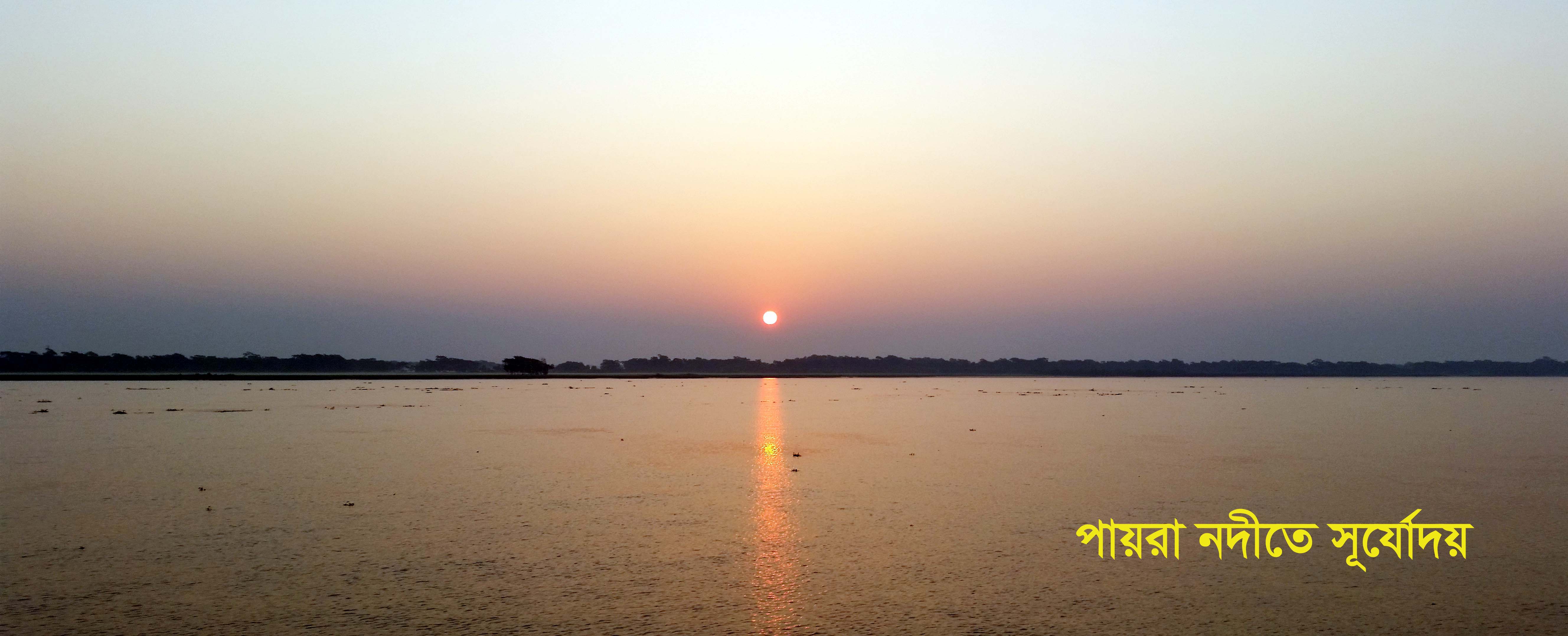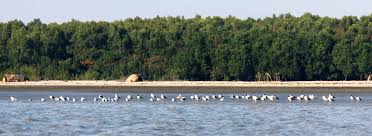-
District Related
Introduction to District
History and tradition
-
Administration
Deputy Commissioner
Deputy Commissioner\'s Office
Additional Deputy Commissioners
Officers and Staffs
Branch related
Important information
Innovation
District e-Service Center
Other
-
District Administration Barguna Innovation Action Plan
-
Multimedia Classroom Information
-
Public hearing
-
জেলা পর্যায়ে কর্মকর্তাবৃন্দ
-
Public Representatives
-
List of registered marriage registrars in Barguna district (Upazila based)
-
কাজী, ননকাজী এবং হিন্দুবিবাহ নিবন্ধকের তালিকা
-
Action plan to stop child marriage, Barguna
-
District Administration Barguna Innovation Action Plan
-
Local Government
Zela parishod
Municipality
Upazila Parishad
-
Govt. Offices
Law-discipline and security issues
Education and Cultural Affairs
-
District Non-formal Education Bureau, Barguna
-
District Sports Office, Barguna.
-
District Education Office, Barguna
-
Bangladesh Shishu Academy, Barguna
-
জেলা সরকারী গণগ্রন্থাগার
-
District Shilpakala Academy
-
District Education Engineering Office
-
Barguna govt. polytechnic Institute
-
District Primary Education Office
-
Textile Vocational Institute, Barguna
-
Primary Teachers Training Center
Agriculture and food related issues
-
Deputy Director\'s Office, Department of Agricultural Extension, Farmbari, Barguna.
-
District Food Controller\'s Office, Barguna
-
District Livestock Officer\'s Officeর্মকর্তার কার্যালয়
-
District BADC (IR) Office
-
District Small and Cottage Industries Corporation Office
-
বাংলাদেশ নিরাপদ খাদ্য কর্তৃপক্ষ
-
District Agriculture Marketing Office
-
Office of the District Fisheries Officer, Barguna
-
Seed marketing, BADC, Barguna
-
Bangladesh Food Safety Authority, District Office, Barguna
-
District seed certification office
-
District Artificial Insemination Center, Barguna
Engineering and communication
-
Public Works Department, Barguna
-
Water Development Board, Barguna
-
Road Division, Barguna
-
Department of Public Health Engineering
-
Barguna main post office
-
BTCL, Barguna
-
Local Government Engineering Department, Executive Engineer\'s Office
-
District Relief & Rehabilitation Office
-
Doict
-
Department of Health Engineering
-
Barguna Electric Supply, WZPDCL, Barguna
-
BIWTA
About Human Resources Development
-
District Employment and Manpower Office, Barguna
-
District Women Affairs Officer\'s Office,
-
District Co-operative Office, Barguna
-
District Social Welfare Office, Barguna
-
Bangladesh Rural Development Board
-
Department of Youth Development, Barguna
-
Islamic Foundation, Barguna
-
District Hindu Religious Welfare TrustOffice
-
hospital social services office, barguna
-
TTC
-
প্রবেশন অফিসারের কার্যালয়, বরগুনা
-
Integrated Visually Impaired Educational Institution, Barguna
-
Government Child Family (Boy), Barguna
-
Protibondhi seba o sahajjo kendro, barguna
-
Youth Training Center DYD Barguna
Government Services Agency
Other government offices
-
District Accounts Office
-
District Palli Daridro Bimicon Foundation Office
-
District Passport Office
-
Department of Environment
-
Office of the Deputy Commissioner of Taxation, Barguna
-
District Customs Excise and VAT Office
-
District Election Office, Barguna
-
District Information Office, Barguna
-
Forest Division
-
District Savings Office
-
Probation Office
-
District Statistics Office, Barguna
-
ZP
-
District Non-formal Education Bureau, Barguna
-
Other organizations
Educational Institution
Organization / organization
-
E-services
Mobile Apps
District E-Service Center
National e-Seba
Union Information and Services Center
- নাগরিক সেবাসমূহ
-
Gallery
------------------
-
My Gov
- Information ask
-
District Related
Introduction to District
History and tradition
-
Administration
Deputy Commissioner
Deputy Commissioner\'s Office
Additional Deputy Commissioners
Officers and Staffs
Branch related
Resolutions of Meeting
Important information
Innovation
District e-Service Center
Other
- District Administration Barguna Innovation Action Plan
- Multimedia Classroom Information
- Public hearing
- জেলা পর্যায়ে কর্মকর্তাবৃন্দ
- Public Representatives
- List of registered marriage registrars in Barguna district (Upazila based)
- কাজী, ননকাজী এবং হিন্দুবিবাহ নিবন্ধকের তালিকা
- Action plan to stop child marriage, Barguna
-
Local Government
Zela parishod
Municipality
Upazila Parishad
Local government representative
-
Govt. Offices
Law-discipline and security issues
Education and Cultural Affairs
- District Non-formal Education Bureau, Barguna
- District Sports Office, Barguna.
- District Education Office, Barguna
- Bangladesh Shishu Academy, Barguna
- জেলা সরকারী গণগ্রন্থাগার
- District Shilpakala Academy
- District Education Engineering Office
- Barguna govt. polytechnic Institute
- District Primary Education Office
- Textile Vocational Institute, Barguna
- Primary Teachers Training Center
Agriculture and food related issues
- Deputy Director\'s Office, Department of Agricultural Extension, Farmbari, Barguna.
- District Food Controller\'s Office, Barguna
- District Livestock Officer\'s Officeর্মকর্তার কার্যালয়
- District BADC (IR) Office
- District Small and Cottage Industries Corporation Office
- বাংলাদেশ নিরাপদ খাদ্য কর্তৃপক্ষ
- District Agriculture Marketing Office
- Office of the District Fisheries Officer, Barguna
- Seed marketing, BADC, Barguna
- Bangladesh Food Safety Authority, District Office, Barguna
- District seed certification office
- District Artificial Insemination Center, Barguna
Engineering and communication
- Public Works Department, Barguna
- Water Development Board, Barguna
- Road Division, Barguna
- Department of Public Health Engineering
- Barguna main post office
- BTCL, Barguna
- Local Government Engineering Department, Executive Engineer\'s Office
- District Relief & Rehabilitation Office
- Doict
- Department of Health Engineering
- Barguna Electric Supply, WZPDCL, Barguna
- BIWTA
About Human Resources Development
- District Employment and Manpower Office, Barguna
- District Women Affairs Officer\'s Office,
- District Co-operative Office, Barguna
- District Social Welfare Office, Barguna
- Bangladesh Rural Development Board
- Department of Youth Development, Barguna
- Islamic Foundation, Barguna
- District Hindu Religious Welfare TrustOffice
- hospital social services office, barguna
- TTC
- প্রবেশন অফিসারের কার্যালয়, বরগুনা
- Integrated Visually Impaired Educational Institution, Barguna
- Government Child Family (Boy), Barguna
- Protibondhi seba o sahajjo kendro, barguna
- Youth Training Center DYD Barguna
Government Services Agency
Other government offices
- District Accounts Office
- District Palli Daridro Bimicon Foundation Office
- District Passport Office
- Department of Environment
- Office of the Deputy Commissioner of Taxation, Barguna
- District Customs Excise and VAT Office
- District Election Office, Barguna
- District Information Office, Barguna
- Forest Division
- District Savings Office
- Probation Office
- District Statistics Office, Barguna
- ZP
-
Other organizations
Educational Institution
Organization / organization
-
E-services
Mobile Apps
District E-Service Center
National e-Seba
Union Information and Services Center
-
নাগরিক সেবাসমূহ
অবিবাহিত সনদ
Minorities Charter
-
Gallery
------------------
-
My Gov
-
Information ask
প্রদানযোগ্য তথ্য
অপ্রদানযোগ্য তথ্য
There is history behind the creation of the world, there is also history behind creating its smallest terrain. Barguna District is situated on the southern side of the sea, in the mouth of the oceans, pheas and the rising land of the Harinaghata river. The entire territory of this district was one day in the Sundarbans area. In the evolution of time, the people started gradually cutting the Sundarbans and started creating populations, and as a result, today's Barguna district comprising six upazilas of 939.39 sq km area comprising nine lakh inhabitants.
Although no specific information was found in the history of Barguna, it is known that when the wood merchants of the northern region came to collect timber in this area, they were waiting for the favorable flow or big guns to cross the Khata river. According to some people, the boat was forced to cross the river (Dari), because the boat was named Barguna. Some people say that Barguna is named after the name of a strong Rakhain resident of Barguna. According to another, Barguna is named after the name of a bawali named Barguna.
In the British period, in 1871, Patuakhali subdivision was created for administrative purposes. There were five thanas in Patuakhali, Mirzaganj, Gulistan, Bauhaphul and Galachipa in this sub-division. Babana and Patharghata were under the control of Mathbaria. At that time, Barguna was under Gulisakhali Police Station. Later, in the later part of the century, Duma, Patharghata, Barguna Betagi and Khepupara Thana were formed for administrative convenience. The name of Barguna was made on the map of Bangladesh by nameing it as a name. In the 14th century, the whole southern region was under Bakerganj. In the middle of the eighteenth century, the leader of East Bengal was Agabak Khan. His zamindari was in Bakla Chandradvipa. Patuakhali and Barisal were called Bakla Chandradvip. For the administration of governance, the British government created Bakerganj district in the name of Agabak Khan, according to the Resolution 7 of 1797. To prevent peace and control of pirates, a temporary police outpost in Phuljhori on the bank of the river Bichhali was constructed in the early 19th century. In the year 1904, in Barguna, permanently 1 st The police station was established and gulisakhali amtali and Barguna thana police the two were separated. Subsequently, the pond of the Bay of Bengal continued to grow and the Sundarbans region was created by creating huge populations. Thus the Barguna Police Station area expanded.
Barguna in a beautiful forest of a time becomes gradually transformed into densely populated places. Political, social and cultural activism started in this area, due to the increase in the number of people, the number of people, and the number of people, in the year 1969, with the formation of Patuakhali district, the sub-divisional town was established on the basis of the history of Barguna. With Patharghata and Bamna thanas of Pashara, Amtali, Barguna, Betagi and Pirojpur sub-division Barguna subdivision is formed. Due to inconvenience to the sub-divisional subdivision of Barguna, Kalapara Thana Pat Later, in the year 1984, 28 Fahrari Barguna subdivision was upgraded to the district.
Planning and Implementation: Cabinet Division, A2I, BCC, DoICT and BASIS


















